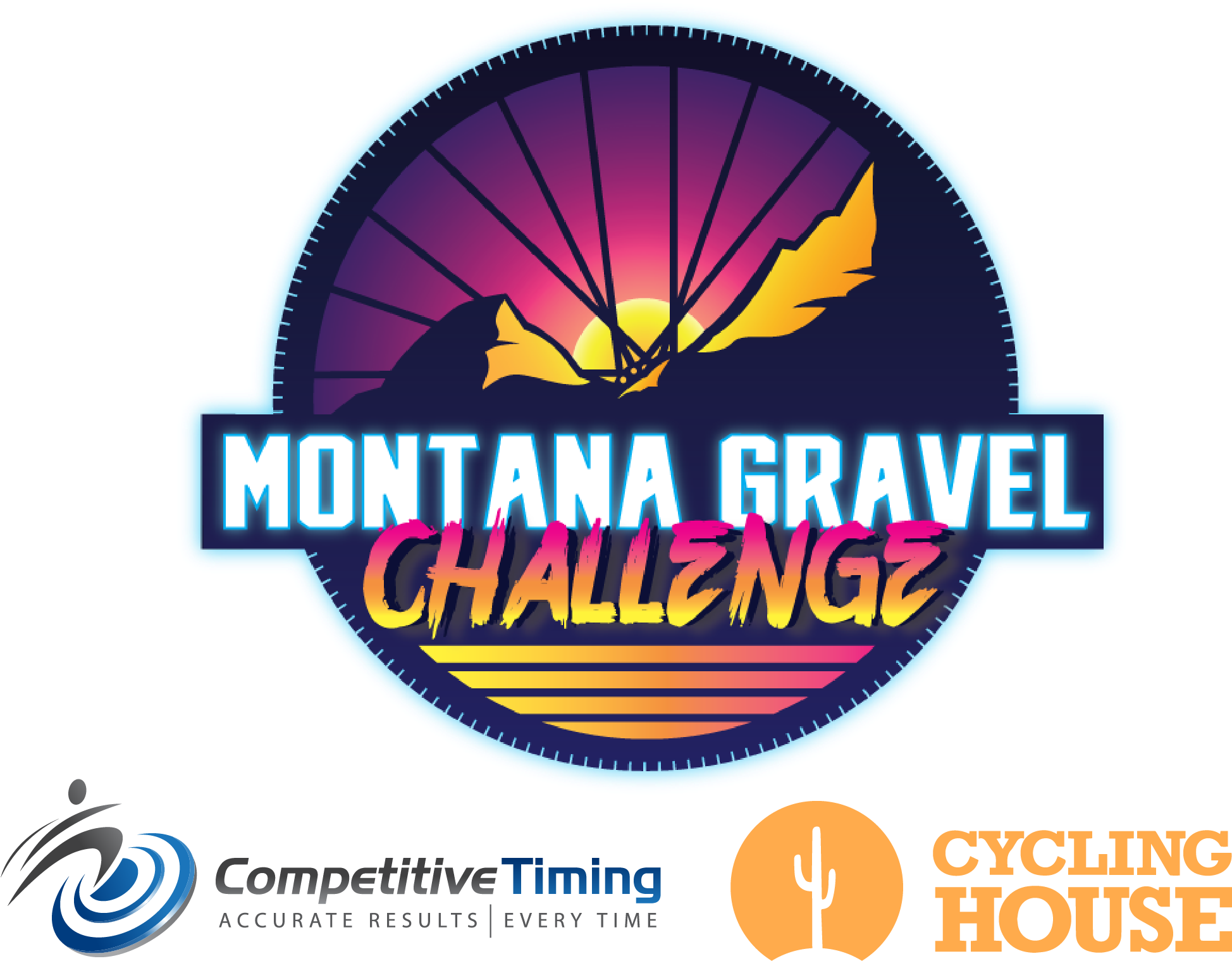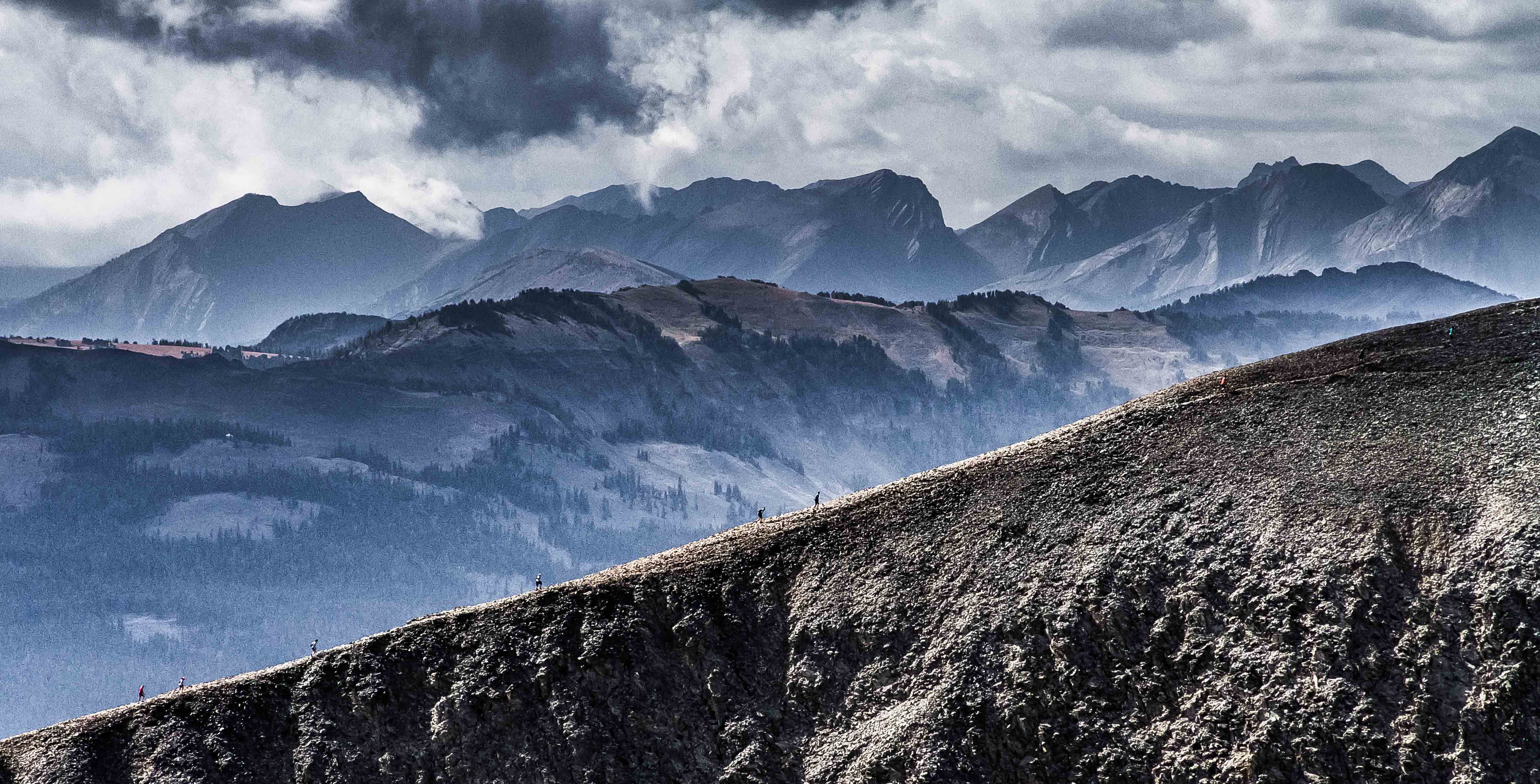Exploring Competitive Timing In Montana: A Comprehensive Guide
Montana's competitive events are not just about physical prowess; they are a celebration of community, resilience, and tradition. The state’s vast open spaces and scenic trails provide an ideal setting for timed competitions that challenge participants to push their limits. These events attract athletes, families, and spectators from all over the country, creating a sense of camaraderie and shared excitement. Whether you're participating or spectating, the thrill of competitive timing in Montana is undeniable.
Understanding the nuances of competitive timing in Montana goes beyond just knowing the schedule of events. It involves appreciating the meticulous planning, the role of technology, and the dedication of volunteers who make these events possible. From the timing systems used to the strategies employed by participants, every aspect plays a crucial role in ensuring the success of these competitions. Dive deeper into this topic to uncover the secrets behind Montana's competitive edge.
- What is Competitive Timing in Montana?
- How Does Competitive Timing Work?
- What Are the Most Popular Events in Montana?
- Tips for Participants: How to Excel in Competitive Timing Montana?
- What Role Does Technology Play in Competitive Timing?
- Why Is Community Involvement Crucial for Competitive Timing in Montana?
- Training Strategies for Competitive Timing Success
- What Are the Benefits of Participating in Competitive Timing Events?
- Volunteering Opportunities in Montana’s Competitive Events
- What Does the Future Hold for Competitive Timing in Montana?
What is Competitive Timing in Montana?
Competitive timing in Montana refers to events and activities where participants are challenged to complete tasks or races within a specific timeframe. These events range from marathons and triathlons to rodeos and obstacle courses. The competitive aspect lies in the precision and speed required to succeed, while the timing component ensures fairness and accuracy in determining winners.
Read also:Yinyleon Death Cause Cancer A Comprehensive Overview And Wikipedia Insights
How Does Competitive Timing Work?
The mechanics of competitive timing involve advanced technology such as RFID chips, GPS tracking, and synchronized clocks. These tools ensure that every participant’s performance is measured accurately. In Montana, organizers take pride in using state-of-the-art systems to maintain transparency and fairness during events.
What Are the Most Popular Events in Montana?
Montana hosts a variety of competitive timing events throughout the year, attracting participants from all walks of life. Some of the most popular events include:
- Montana Marathon: A scenic race through the state’s breathtaking landscapes.
- Big Sky Rodeo: A celebration of Montana’s cowboy culture with timed rodeo events.
- Glacier Challenge: An obstacle race that tests participants' endurance and strategy.
Tips for Participants: How to Excel in Competitive Timing Montana?
Participating in competitive timing events requires preparation and dedication. Here are some tips to help you excel:
- Train consistently to build endurance and improve your timing.
- Familiarize yourself with the event’s rules and regulations.
- Invest in quality gear, such as running shoes or timing devices.
- Practice mental strategies to stay focused under pressure.
What Role Does Technology Play in Competitive Timing?
Technology is at the heart of competitive timing in Montana. From RFID chips embedded in bibs to real-time tracking apps, these innovations ensure accuracy and transparency. Organizers in Montana are constantly upgrading their systems to provide participants with the best possible experience.
Why Is Community Involvement Crucial for Competitive Timing in Montana?
Community involvement is the backbone of competitive timing events in Montana. Volunteers, sponsors, and local businesses play a vital role in organizing and supporting these events. Their contributions not only enhance the experience for participants but also strengthen the sense of community pride.
Training Strategies for Competitive Timing Success
Success in competitive timing requires a combination of physical and mental preparation. Here are some training strategies to consider:
Read also:How To Manage Raspberry Pi Remotely A Comprehensive Guide
- Develop a structured training plan tailored to your goals.
- Incorporate cross-training to improve overall fitness.
- Practice time management to enhance your pacing during events.
What Are the Benefits of Participating in Competitive Timing Events?
Participating in competitive timing events offers numerous benefits, including:
- Improved physical fitness and endurance.
- Opportunities to connect with like-minded individuals.
- A sense of accomplishment and personal growth.
Volunteering Opportunities in Montana’s Competitive Events
Volunteering at competitive timing events in Montana is a rewarding experience. It allows you to contribute to the success of the event while gaining firsthand insight into its operations. Volunteers often assist with tasks such as registration, course marshaling, and timing coordination.
What Does the Future Hold for Competitive Timing in Montana?
The future of competitive timing in Montana looks promising. With advancements in technology and growing interest from participants, these events are expected to expand in scale and scope. Organizers are also exploring eco-friendly practices to make events more sustainable while maintaining their competitive edge.
In conclusion, competitive timing in Montana is more than just a series of events; it’s a celebration of athleticism, community, and tradition. Whether you’re a participant, volunteer, or spectator, there’s something for everyone to enjoy. By understanding the intricacies of competitive timing, you can fully appreciate the unique charm and excitement that Montana has to offer.
Article Recommendations

